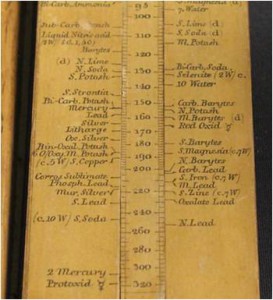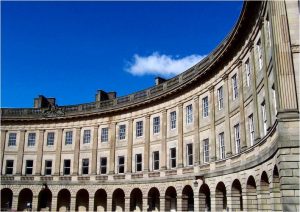 In the series “The Origin of Now” I so far have mainly presented scientific developments. But the series also presents ideas and concepts developed during the Romantic Age that can still be found in our everyday life. Thus this post explores the origin of a concept that we take for granted today: The modern hotel. Continue reading
In the series “The Origin of Now” I so far have mainly presented scientific developments. But the series also presents ideas and concepts developed during the Romantic Age that can still be found in our everyday life. Thus this post explores the origin of a concept that we take for granted today: The modern hotel. Continue reading
Results for Tag: The Origin of Now
The Origin of Now, Part 4
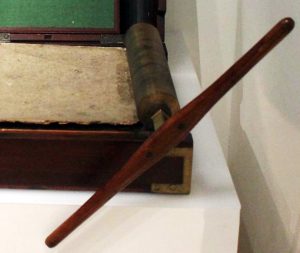 About 250 years ago, science spread into the world and everyday life. People asked how scientific progress and inventions could make life better and easier. They set out to develop and pursue new ideas. Some of these are still around today. In the fourth part of my series, we discover how the invention of a Scottish mechanical engineer changed the office world forever.
About 250 years ago, science spread into the world and everyday life. People asked how scientific progress and inventions could make life better and easier. They set out to develop and pursue new ideas. Some of these are still around today. In the fourth part of my series, we discover how the invention of a Scottish mechanical engineer changed the office world forever.
The Letter Copying Press and Mr Watt’s Secrets Recipes for Ink and Liquor
The Origin of Now (Part 3)
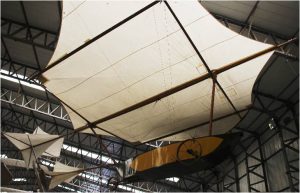 This series is dedicated to inventions, ideas and concepts developed during the Romantic Age that shaped our modern world. With the second scientific revolution, a series of breakthroughs in science led to the idea that scientific progress could make life better and easier. Inventive individuals set out to pursue new ideas (also see part 1 and part 2 of this series). One of them was Sir George Cayley (1773-1857). Follow me back to the 1790ies to find out how his dream of flying laid the foundation of today’s aviation.
This series is dedicated to inventions, ideas and concepts developed during the Romantic Age that shaped our modern world. With the second scientific revolution, a series of breakthroughs in science led to the idea that scientific progress could make life better and easier. Inventive individuals set out to pursue new ideas (also see part 1 and part 2 of this series). One of them was Sir George Cayley (1773-1857). Follow me back to the 1790ies to find out how his dream of flying laid the foundation of today’s aviation.
The Man Who Understood Why Airplanes Fly
Sir George Cayley sketched his first flying machine aged 19, in 1792. Continue reading
The Origin of Now: Part 2
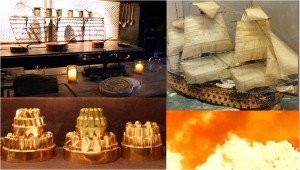 Our modern world was born in the 18th century. Numerous inventions, ideas and concepts developed during the Romantic Age can still be found in our everyday life. In the previous part of this series I had presented roller skates, the steel pen and the financial instrument ‘pfandbrief’ as brainchildren of the 18th century. Today, we discover how a chef and a baronet shaped our world. Continue reading
Our modern world was born in the 18th century. Numerous inventions, ideas and concepts developed during the Romantic Age can still be found in our everyday life. In the previous part of this series I had presented roller skates, the steel pen and the financial instrument ‘pfandbrief’ as brainchildren of the 18th century. Today, we discover how a chef and a baronet shaped our world. Continue reading
The Origin of Now: Part I
Flying, electricity and computers are part of our everyday lives. When their basic principles were explored during the first half of the 18th century, nobody cared about their practical use. The idea that practical use could be made of a balloon ascent, electricity or the binary code was absurd. Science was mainly aimed at understanding the creation and God. Thus, science was practiced in the “ivory towers” of the elite, written down in Latin and kept in libraries of the chosen few.
However, with a series of breakthroughs in astronomy, chemistry and the study of electricity during the Romantic Age, science became popular. It began to spread into the world, as public lectures and subject in schools. People began to ask how scientific progress and inventions could make life better and easier. Inventive persons set out to develop and pursue new ideas. Soon, new machines were introduced to nearly every industry. Some of them were the origin of the world we know today.
In the new series “The origin of Now” Regency Explorer is going to explore the developments, inventions, and concepts of the Romantic Age that laid the foundations of our modern world. I will explore not only scientific and industrial developments, but also innovations in sports, military, the world of finance etc. Find the first set of examples here.

